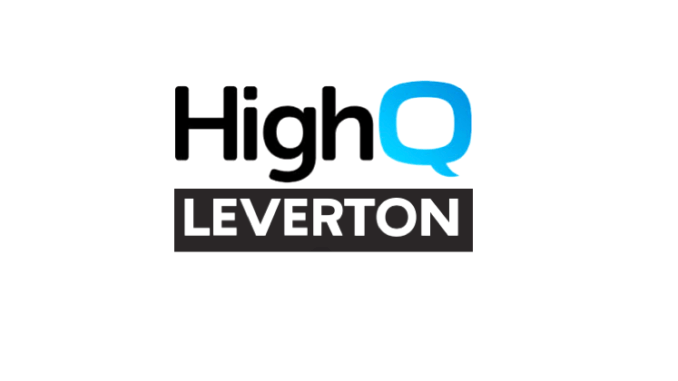
Legal data collaboration company, HighQ, has integrated with legal AI and prop tech pioneer, LEVERTON, further developing its AI Hub capability. The move was announced at the same time as a set of wider improvements contained within its version 5.0 release.
The move follows a similar integration earlier this year with rival legal AI company, Kira Systems.
HighQ said in a statement: ‘We’ve partnered with LEVERTON and integrated their market-leading data extraction and document management platform into AI Hub, enabling users to automatically push documents from HighQ into LEVERTON for key data extraction and store the enriched data in AI Hub for use in the iSheets or data visualisation modules.’
The data collaboration company went on to say that the LEVERTON platform ‘helps assess risks in portfolios, and can perform data aggregation and pull out key data points as part of due diligence and legal operations, in particular with real estate and financial documents’.
This structured data can then be pulled back into the HighQ platform, where it can be securely shared within a law firm or inhouse team, or with trusted third parties and clients.
LEVERTON also currently operates in over 30 different languages. (See interview with LEVERTON’s CEO here to learn more about the AI company.)
The move is a positive step for both companies, as it has the potential to broaden LEVERTON’s client base, while for HighQ it’s another addition to the AI Hub offering (see Artificial Lawyer article on its launch in May this year).
The AI Hub strategy is part of what can be seen as a wider movement in the legal tech world for ‘platformisation’, i.e. the linking together of multiple applications, such as review tools with data sharing systems, in order to offer clients a more platform-like service.
This is in part being driven by demands from law firms which are fascinated by the many point solutions using AI tech in the market, but also want to have capabilities that easily integrate with other systems and where their output can be efficiently shared internally.
In addition, the new 5.0 release of HighQ will offer, among other aspects:
- Combined Collaborate and Publisher products into a single, unified platform to ‘deliver seamless, end-to-end client journeys’.
- A new workflow engine that automates time-consuming, manual tasks and connects content across the platform to help find new efficiency.
- Improved task management, document collaboration, data visualisation, document automation and document analysis.
- The ability to use the new Microsoft Word add-in to build dynamic templates without programming, dragging and dropping auto-generated code into your existing legal documents. Then users across the organisation can generate ‘standard, error-free legal documents using the automated Word templates, dramatically reducing the time and risk associated with manual drafting’.
- And, the latest data visualisation enhancements make it easier to display trends in data over time, such as for a specific month or comparing it year by year. You also can create and display dashboard panels for key performance indicators (KPIs) to visualise simple, single calculations without the need to manually extract data from a spreadsheet or write code.
This all looks great, and the use of the MS Word add-in to help build automated templates looks especially interesting from a legal industrialist’s point of view. Anything that reduces manual work has got to be a very positive step forward. So too the move to link with LEVERTON (and Kira previously) is a very positive move, making it easier for lawyers to automate review and then share the results.
Step by step, sometimes in big leaps, sometimes in small but useful steps, things are changing in the legal world. It all makes AL very optimistic as we head towards the end of the year.